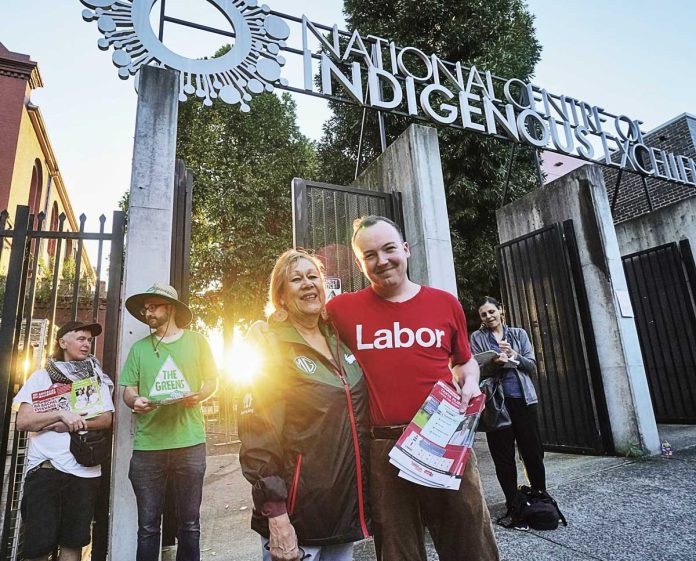The Australian Labor Party (ALP), led by Prime Minister Anthony Albanese, has secured a decisive victory in the federal election and will form a majority government for a second term. A nationwide swing of 2.8 per cent (as of May 5) has delivered the ALP at least 85 seats (with 15 seats in the balance).
In stark contrast, the Liberal-National Coalition suffered a significant setback, with just 39 seats at May 5 and a nationwide swing against it of -3.6 per cent. Opposition Leader Peter Dutton has lost his seat (Dickson), casting uncertainty over the Coalition’s future leadership.
The Greens had no certain lower house seats at May 5 (Mehreen Faruqi, however, was re-elected to the Senate). Their national vote has stagnated, and the loss of seats to Labor has raised questions about their future role in pushing for stronger climate action.
Locally, Labor’s Tanya Plibersek has strengthened her hold on the inner-city seat of Sydney, increasing her margin by 5.19 per cent to claim 71.4 per cent of the vote. Her closest rival, the Greens’ Luc Velez, finished with 28.6 per cent.
Plibersek celebrated the win with supporters on Saturday night (May 3), before attending a fundraiser on Sunday for the Women’s and Girls’ Emergency Centre (WAGEC), a Redfern-based not-for-profit.
Meanwhile in Wentworth, Independent Allegra Spender has held her seat with 57.2 per cent of the vote, gaining a +2.04 per cent swing over Liberal challenger Ro Knox.
“The lesson I take from the election is that we need to build from the common ground, with compassion, and cannot be afraid to face the hard challenges we have in this country,” Spender said.
With a stronger mandate, Labor is expected to pursue a bolder agenda in its second term, focusing on public housing, renewable energy, women’s rights, LGBTQ+ protections and Indigenous justice.
As the dust settles, the question remains: will Labor rise to the challenge on climate justice, or will the Greens’ stalled momentum limit pressure for more ambitious reform?





